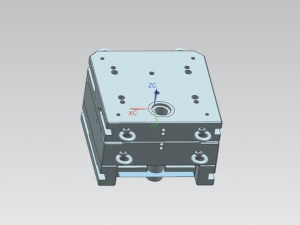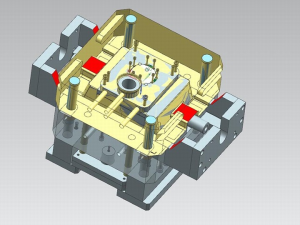(1) The processing precision of aluminum die-casting molds is high. A pair of molds is usually composed of a die, a punch and a mold base, and some may also be multi-piece splicing modules. Therefore, the combination of upper and lower molds, the combination of inserts and cavities, and The splicing between modules requires high machining accuracy. The dimensional accuracy of precision molds often reaches μm level.
(2) Complex shapes and surfaces For some products, such as car covers, aircraft parts, toys and household appliances, the shape of the surface is composed of various curved surfaces, so the surface of the mold cavity is very complex. Some surfaces must be mathematically processed.
(3) Mass production of small molds is not mass production, and in many cases only one pair is produced.
(4) Multi-process mold processing usually adopts various processes such as milling, boring, drilling, reaming and tapping.
(5) The use of repeated production molds has a service life. When the use of a pair of molds exceeds its service life, it is necessary to replace a new mold, so the production of molds is usually repeated.
(6) In the production of profiling molds, sometimes there are neither drawings nor data, and profiling should be carried out according to the actual object. This requires high simulation accuracy and no deformation.
(7) High-quality mold materials, the main materials of high-hardness molds are mostly high-quality alloy steel, especially long-life molds, which are usually made of ledeburite steel such as Crl2, CrWMn, etc. This kind of steel is available from blank forging, processing to heat treatment Strict requirements. Therefore, the preparation of processing technology cannot be ignored, and heat treatment deformation is also a problem that needs attention in processing.
According to the many characteristics of the above-mentioned aluminum die-casting molds, the selection of the machine tool should meet the processing requirements as much as possible. For example, the function of the CNC system should be stronger, and the machine tool should have high precision, better stiffness, better thermal stability and profiling function.





